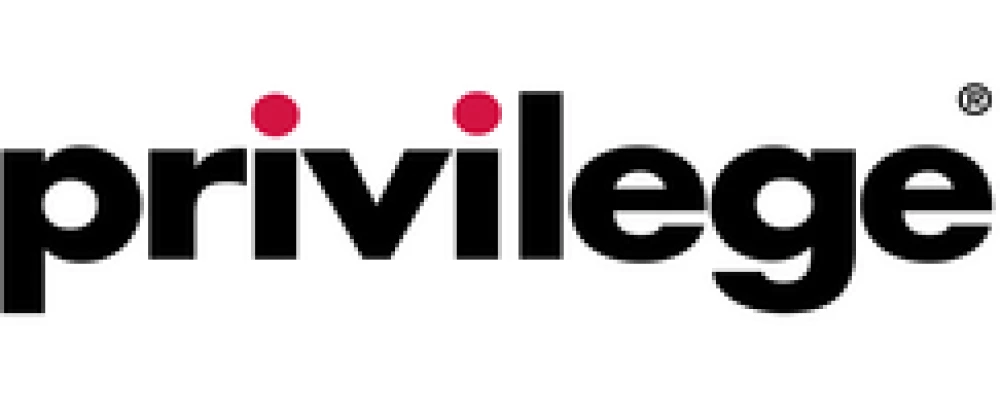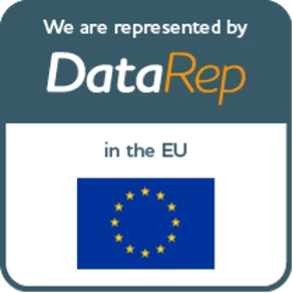Introduction
In this 5-minute article, we take a look at Big Data and how it can be used to augment and improve consumer insights. If you’re dealing with market research data but hesitant to step beyond that single-mode consumer view, then we hope this piece will encourage you to think again.
So what exactly is Big Data and why does it exist?
There’s no single Big Data definition but you might think of it as a passive, digital record of our daily activities. When we use a Sat Nav, it’s storing a record of that journey, when we use a smartphone, it’s collecting information on who’s been called, which apps have been used, where photos were taken, and where we’ve been, and when we go online, it’s picking up which websites we’ve visited, how long for, whether we’ve made any purchases and what we’ve searched for. These are just a few examples – just about every activity we do that includes a digital element generates big data.

And it’s called ‘big’ because of the sheer scale of all this capture. A fair estimate on active internet users around the world in January 2021 comes in at 4.66 billion. If you imagine all those billions of people generating hundreds of data points every day just by using the internet, then you get a sense of its vastness.
Big data is very different from the data generated by quantitative or qualitative research. In terms of scale of course, but more fundamentally in its genesis. Big data is being passively collected on the premise that it ‘could be useful’ under the right analytical lens – capture first, think next. On the flipside, market research data capture starts with the end in mind, on the premise that ‘it will be useful’ – think first, capture next.
When thinking about the application of big data in market research, the key word for us is ‘behaviour’. Big ‘behavioural’ data is undeniably valuable in its accurate pin-pointing of the where, when, what, and how of what we do. Yet, despite the prevalence of Big Data, a lot of market research methodologies still rely on participant self-reporting of behaviours even though the results are generally untrue, tainted by forgetfulness and miscalculation.
As a result, even today, a large chunk of market research analysis and reporting misrepresents what’s happening in consumers’ lives. Clearly, there’s a great opportunity to embrace Big Data and improve our understanding of consumers and the insights we draw.
Harnessing Big Data – a fundamental shift
It does though require a change in attitude (we need to be more open to the idea of using Big Data) and an upgrade of our skills if we’re going to harness Big Data. Fortunately, we already have the core expertise to do this, after all we deal with data every day. We just need to expand our horizons and put our knowledge to the test.
Big data is only part of the story
But Big Data will only ever be part of the story. Understanding people is at the heart of what we do as market researchers. It always has been and always will. Big Data has the power to be a great addition but it doesn’t provide us with the full story. It can tell us when, how much, how often, and where, but it can only make educated guesses at who, and it can’t tell us why; the motivations, the attitudes, and the beliefs that underpin the behaviours of people today.
For that, we still need to commission qualitative, quantitative, ethnographic or neuroscience research.
The sweet spot is in fusing Big Data with these forms of consumer research data to produce a more rounded and accurate picture – not only of when, how, and where but also of why and what that means to buyers as people and consumers.
Here at Brandspeak, our consultants have worked with research buyers around the globe on some truly ground-breaking Big Data projects; Google and EA Games to name just two.
Big data is about more than just quantitative research
Although we’re talking data, we shouldn’t forget that data that tracks the behavioural patterns of consumers can also be leveraged by qualitative research too. We might want to call this Little Data instead, but the same benefits apply.
Indeed, we’re already capturing respondents’ behavioural patterns using mobile research. Examples of behavioural capture we can already deploy through mobile research include:
- Geo-location
- Bar code / QR reading (to capture purchases or retail browsing)
- Photo / video / audio capture (to capture a vast range of activities)
The strategic goal
To sum up, the strategic goal of researchers using Big Data should be to augment the unique ‘why’ that primary research can offer up with the behavioural accuracy of Big Data to uncover the more accurate, deeper, richer consumer story.
If you’re interested in how we can help you make use of Big Data and would like to know more about how we can help you and your company, or if you would like to talk to us about your Big Data needs, contact us on 0203 8580052 or enquiries@brandspeak.co.uk














